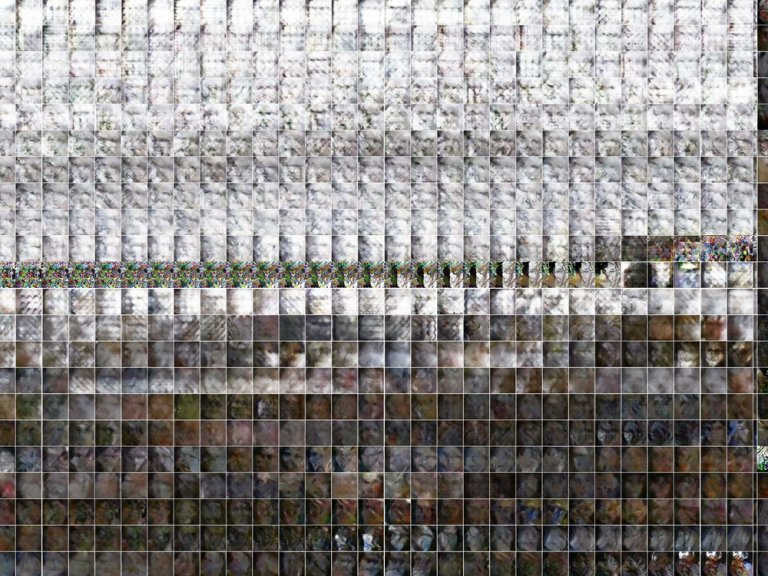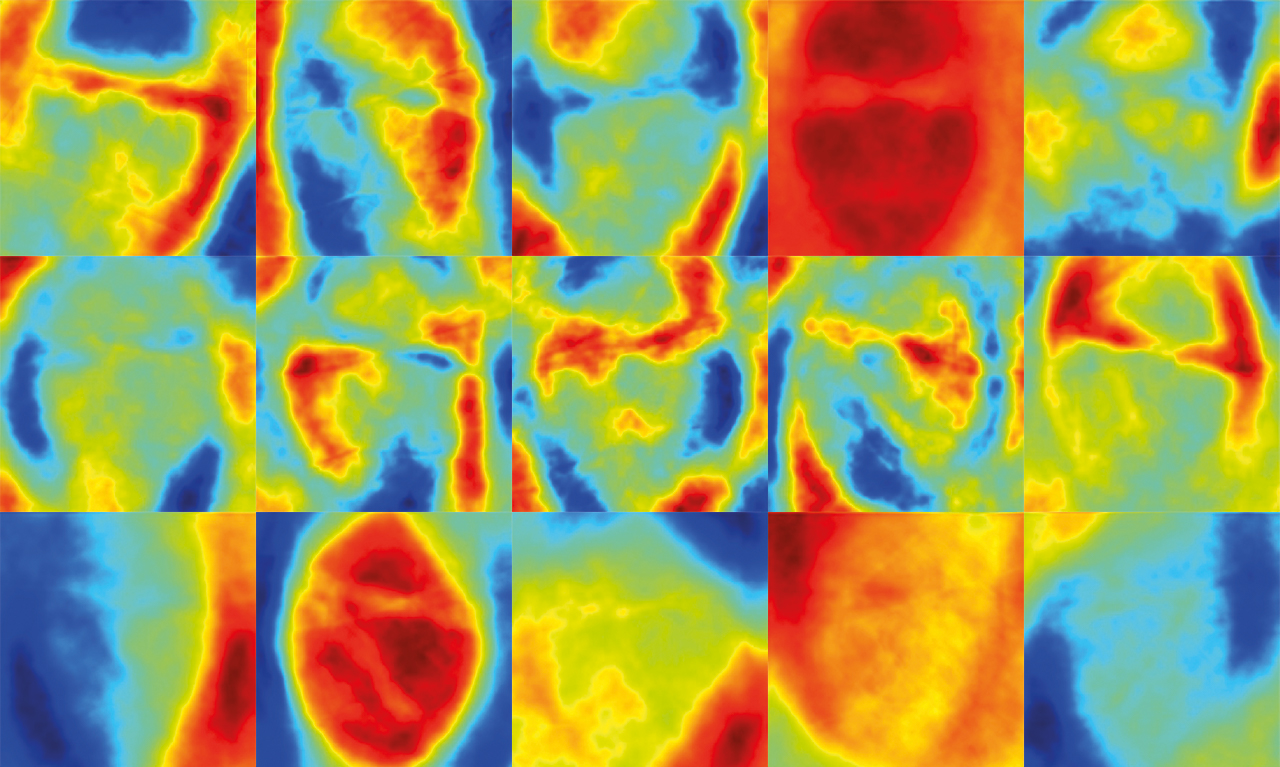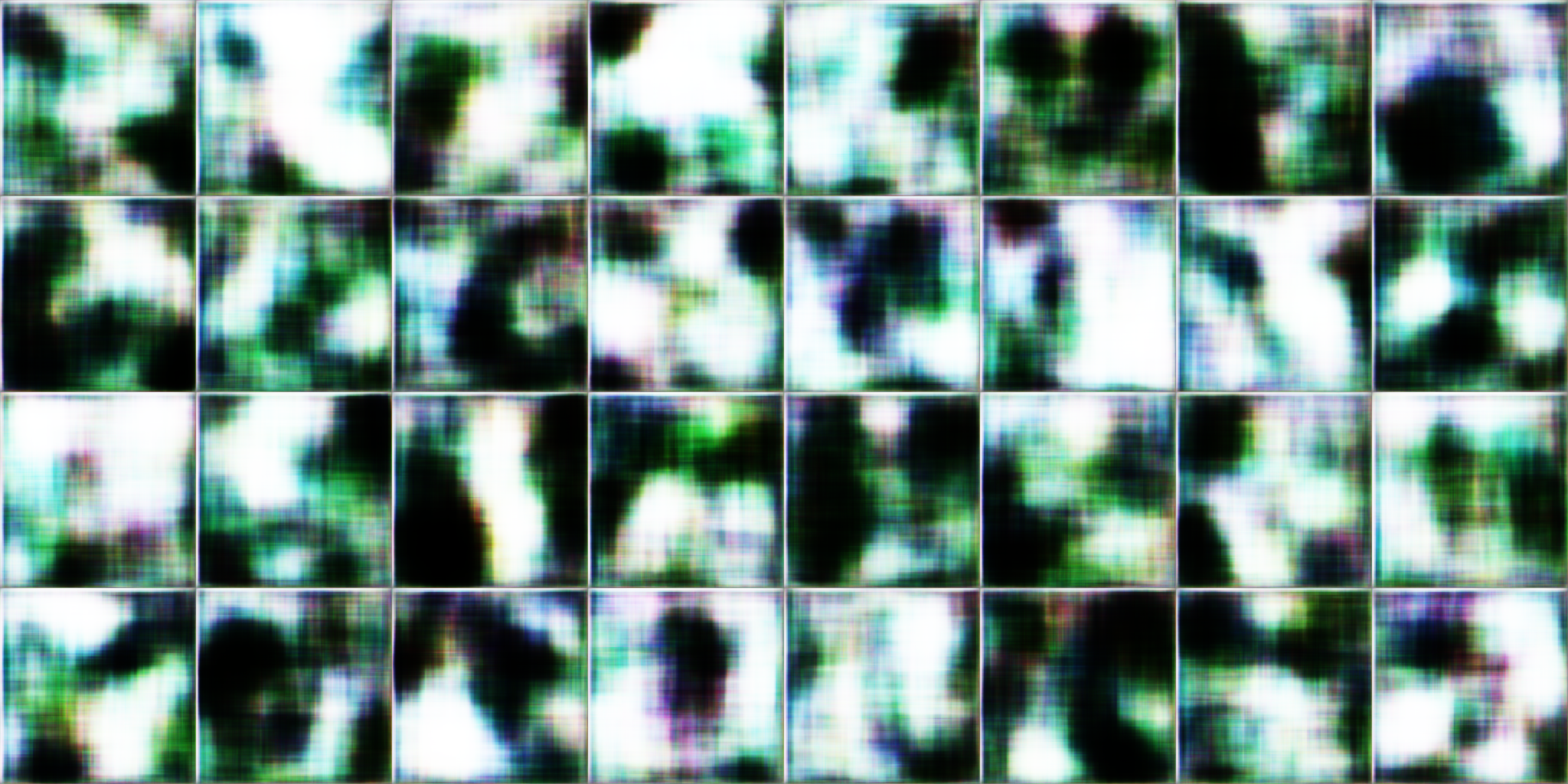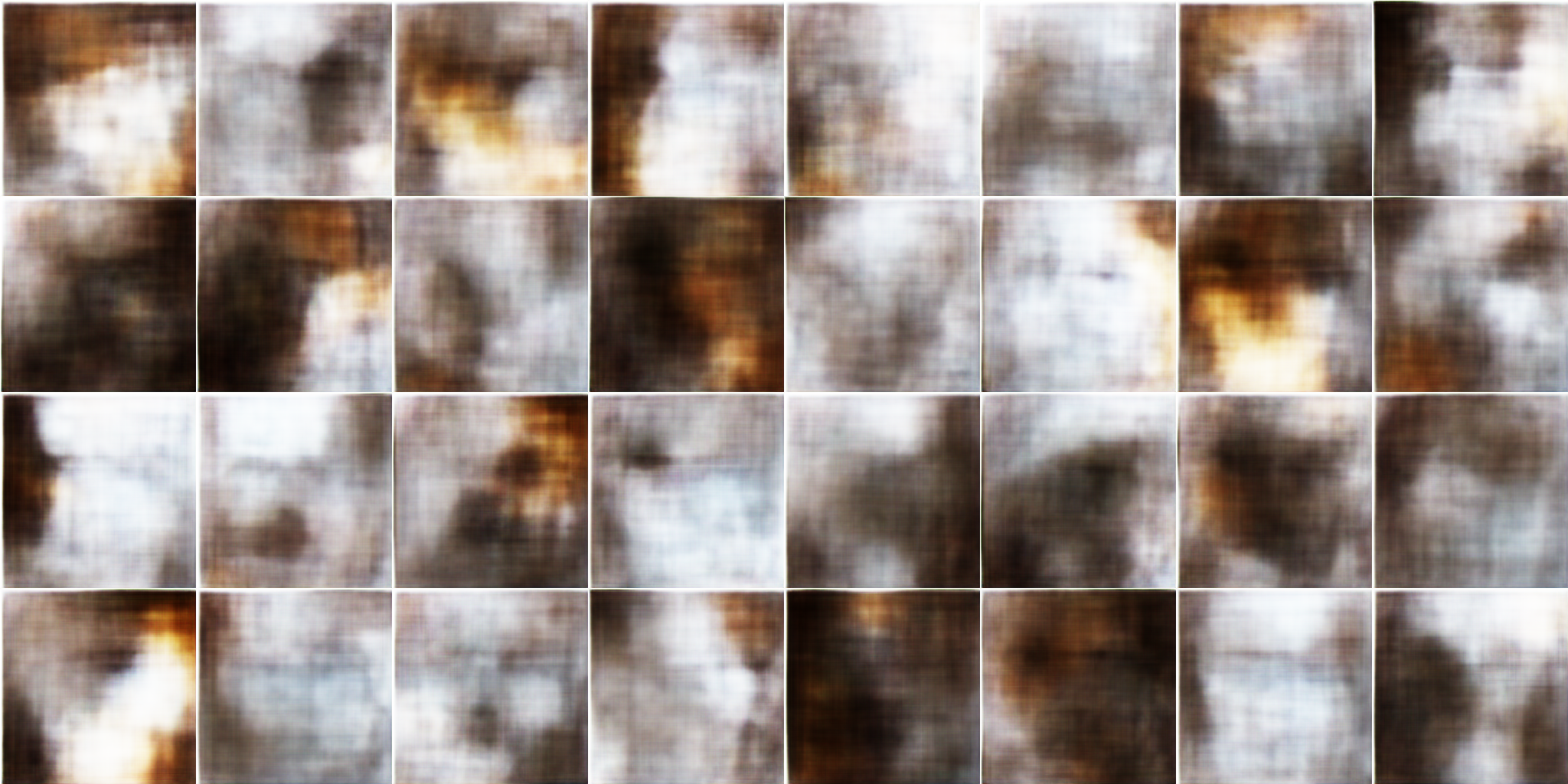cv.apophenia();
2017
Installation
Wood, Phosphorecent Ink, Projector, Raspberry Pi

cv.apophenia(); is an investigation into the extent to which a computer can control the process of creating a work of art itself.
The work consists of three chapters: searching for inspiration, creating the actual works, and exhibiting and curating these works.
In the first chapter cv.apophenia(); the computer searches for inspiration. For this purpose, a micro-computer was equipped with a camera and a face detection algorithm and carried through the city. The routes were chosen in such a way that seeing human faces is as good as impossible.
gan.apophenia(); deals with the creation of the artworks. For this purpose, the images collected in the first part were fed into a Generative Adversarial Network. This created works that were similar to the input photos, but different and unique.
The third chapter apophenia.thoughtography(); shows the exhibiting and curating of the works from the computer. For this purpose, a box was built containing a projector with a shutter and a phosphorescent plate. The images from the first two chapters are projected onto the photo-luminescent plate, creating an analogue and dynamic mixture of the works. A micro-computer and a camera again observe the plate and as soon as a face is detected, the process is paused for a few seconds.
developed in the Generative Art at UdK Berlin | Supervisors:
Prof. Dr. Phil. Alberto de Campo
Hannes Hoelzl







